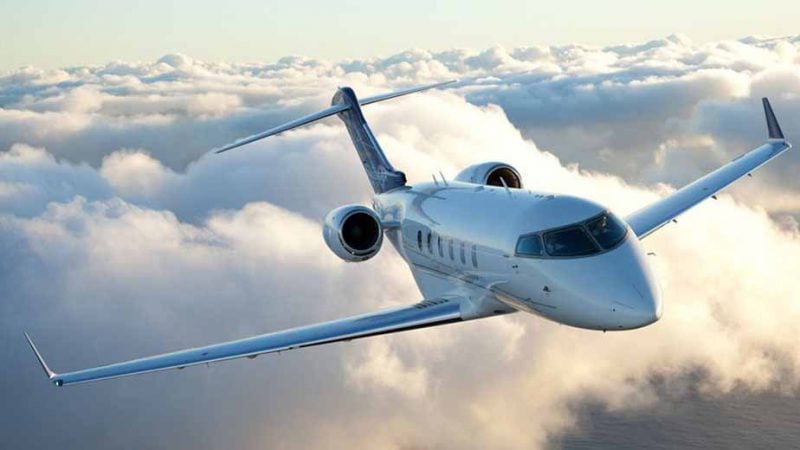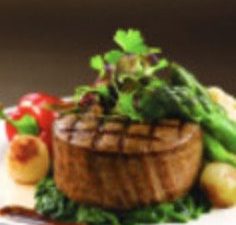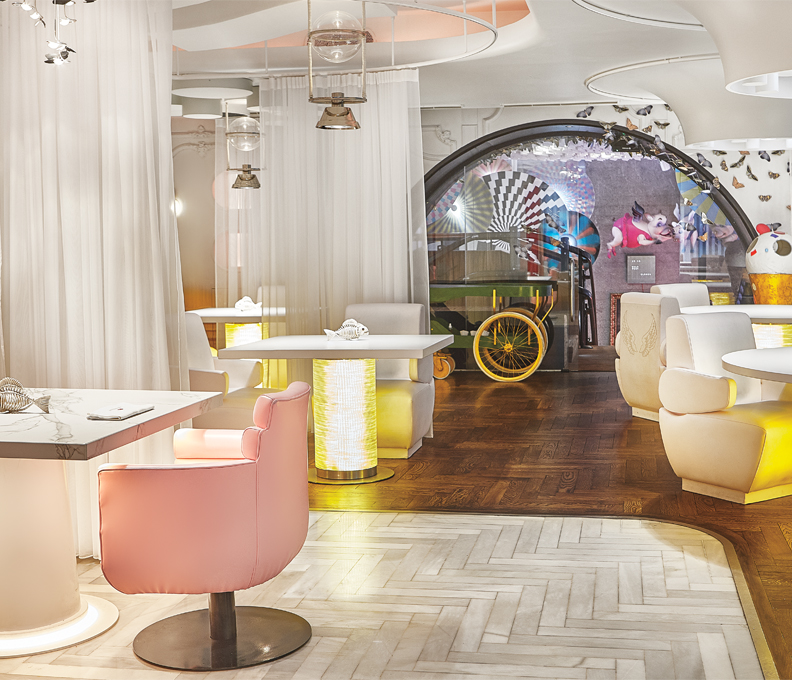Galley Gourmet
August 31, 2017

If there was ever a Golden Age of Air Travel, surprisingly, that time may be now. Well, maybe not for those flying in economy class, where seat inches continue to disappear with perks that were once considered part of the plane ticket. But in business class and upward (yes, there is now a “beyond first class” on some airlines), the inflight experience has never been so elevated and dining might be considered the key ingredient.
Dining during a long-haul flight is no longer a mere diversion. In the hallowed front cabin areas, it is dinner out at an in-demand restaurant, along with a movie or two and even a kind cabin attendant to tuck you in. It is a choice of dishes, a choice of top-name chefs, a choice of diet preferences, a choice of award-winning wines, and a choice of when and how to take that meal.
And the competition is fierce.
Booking the Cook
Take Singapore Airlines, for example. Decades ago the airline broke the Styrofoam ceiling by offering a choice of meals and complimentary beverages to economy class passengers. More recently they set the bar in their Suites Class, first class, business class and premium economy services by enlisting The International Culinary Panel, a semi-annual assemblage of the world’s top chefs to chime in on what should be served, how it should be prepared and presented, and on what routes.
Through an ongoing program called “Book the Cook,” the resultant menu selections can be prepared for these premium classes with advance notice. Customers departing from various SIA gateways can order meals up to 24 hours in advance from a choice of dishes for flights of four or more hours (typical favorites for US passengers include Lobster Thermidor and ribeye steak – and these are always in the menu selection on designated routes).
Passengers can choose when they wish to dine and the meal service is then customized to each passenger’s preference, allowing them to skip courses and dine whenever they wish. All first class meals are served on fine bone china and crystal specially designed by Wedgwood.
And into those crystal goblets go wines curated by seasoned sommeliers that choose the labels from a vast wine cellar of some 194,000 bottles, possibly the largest airline-owned wine cellar in the world. Prized selections, such as Grand Cru Red Burgundy, 2004 Dom Perignon and King Grand Cuvée, are poured for the asking.
“Instead of comparing ourselves to other airlines, we like to compare ourselves to fine dining experiences,” says James Bradbury-Boyd, vice president of public relations for Singapore Airlines. “Each chef on this panel is very well recognized for their specific takes. Consider the “luxury comfort food” of Susan Goin, for instance. The chefs each present us with two sets of new concept dishes every year and we work with them to stay current with fine dining trends. The new dishes we introduce are based on what trends they are seeing in their restaurants. That is a principle source of inspiration for us. We want to create a form of fine dining as you would see in, say, a Michelin-starred restaurant in New York.”
Often flight attendants possess coveted and hard-won sommelier certifications from various prestigious institutes to assist passengers with their tasting and pairing choices. Menus and wine lists change frequently, as seasons and trends change. And menus also must account for changes in aromas, appetites and metabolism at 35,000 feet.
“We work closely with airline manufacturers on the inflight environment. For instance the cabin interiors are pressurized at 6,000 feet, verses the 8,000 feet measure that most airlines use,” explains Bradbury-Boyd. “The lower altitude enhances a passenger’s ability to even taste a meal (altitude dulls the olfactory senses). And then there is the lighting and finding the optimum illumination formulas for sleeping after the meal.”
Middle Eastern Hospitality
The Gulf carriers are also in the running for top airlines to book if meals matter. Eithad brings five-star restaurant dining to its Residence and first class passengers, using input from more than 100 classically trained international chefs. Guests can choose a meal from the menu or, if they are craving something else, chefs will work to accommodate their requests, either on board or with advance notice.
Etihad Airways inflight chefs prepare dishes within a galley stocked with prime cuts of meat, sauces, par-cooked items, spices and freshly chopped vegetables, allowing them to personalize dishes much as do chefs in a restaurant kitchen. Tools not typically seen on an aircraft, such as a whisk and foamer, are at their disposal.
On board Emirates, first class passengers can order from an extensive à la carte menu created by top international chefs at any time during the flight. Business class passengers are served a five-course lunch and dinner. The airline takes pride in its wine collection that has seen an infusion of more than $690 million over the past decade to purchase top wines from a dozen wine regions around the world.
Meanwhile, Turkish Airlines not only brings its “Flying Chefs” aboard for business class service on its long-haul flights, it also brings the candlelight. The precious plastic flames flicker inside cute form-fitting paper bags to set the cabin aglow in a romantic candlelight hue as the chef brings a cart of mezes, dolmas and appetizers. Steak, sea bass, shrimp and salmon are often on the entrée list, topped off by two types of chocolate soufflés for dessert.
Austral Adventures
Air New Zealand has tabbed Kiwi star chefs Michael Meredith and Peter Gordon to design their business class menus. Samoan-born Meredith is widely known for his adventurous approach to food and degustation menus at Auckland’s legendary Merediths, while Peter Gordon is known for SkyCity’s Sugar Club and The Providores in Auckland, and The Tapa Room in London.
Forget the muttonchops. These menus mix creative Indian masalas, New Zealand lemon kelp, or coconut cream into their fish, chicken and braised short ribs options. Even the tomato soup starter breathes exotic touches. A wine menu brings top New Zealand wine choices in whites, aromatics, sparklings, syrahs and pinot noirs.
Of Ketchup and Catch Up
US airlines have not been so fast to bring chefs aboard and experiment with wine lists, however. Most passengers are surprised enough just to see food on board domestic routes.
“We find, overall, that there is a lack of history and airlines are pretty far behind the times when it comes to presenting trending food choices and wine choices to passengers,” says Suzy Badaracco, a toxicologist, certified chef, and registered dietitian who consults with airlines over their food programs. “But at least in wine and cocktails, that is where the scene is and where many of the airlines start. Airlines are beginning to get beyond 2008 chardonnays and might be featuring regional selections each quarter – an up-and-coming South African wine, say. They are beginning to look at the petit verdots and sauvignon blancs and malbecs, for instance, and they surely must do this if they are looking at banking money on a designer food program.”
In her observations as a consultant to the airline industry, Badaracco notes that most US airlines are not putting their money where their passengers’ mouths are and most passengers combat this problem by bringing their own meals.
“9-11 changed everything about the US airlines and suddenly airlines stopped serving food on board,” says Badaracco. Now they are trying to catch up and have no idea what they are doing or which way they are going, she adds. While one airline decides to serve pizza on board, another will try to put food truck kiosks near the departure area in a hodgepodge of efforts.
However, one trend that has emerged recently is a wider choice of menu types that passengers who are actually receiving meals can conveniently select ahead of time – beyond the usual kosher, halal or dietetic options.
“Airlines are not competing with each other; they are competing with the airports. And if these airlines want to sell food on board or sell seats with food, they need to start looking at food trends and take this service seriously,” she says.
“So often you board a plane and feel like you have stepped into a time machine,” she says. “There are random pockets of fantastic items to eat but it’s all mixed in and not cohesive. There is a flat-out lack of healthy dining and snack choices on board – you get items that belong in a 5th grader’s lunch box. In test kitchens, cooking methods are way out of date. Say, 2018 is about grilling and barbecue technology and what shows up is fried or stir-fry. Most people don’t even think about this element when it comes to airline food, but it is a trend unto itself.”
For business travelers, these factors crop up in studies that show choice of airlines and routes based on what kind of food can be found at airports, she says.
While most airlines cannot compete with long-haul international carriers that brand themselves according to the inflight experience, Badaracco says they can offer healthy choices that will not cost them a lot: an apple, a banana, small containers of hummus with pretzel sticks.
On a recent campaign aboard Turkish Airlines, medical expert and television host, Dr. Oz suggested some basics to practice at 35,000 feet – eating simple Mediterranean style meals of fresh vegetables and legumes, and drinking lots of water.
Other frequent fliers find another practice useful; since the body’s digestive track slows down significantly in those altitudes, skip the meal and go right to sleep.
By Lark Gould




